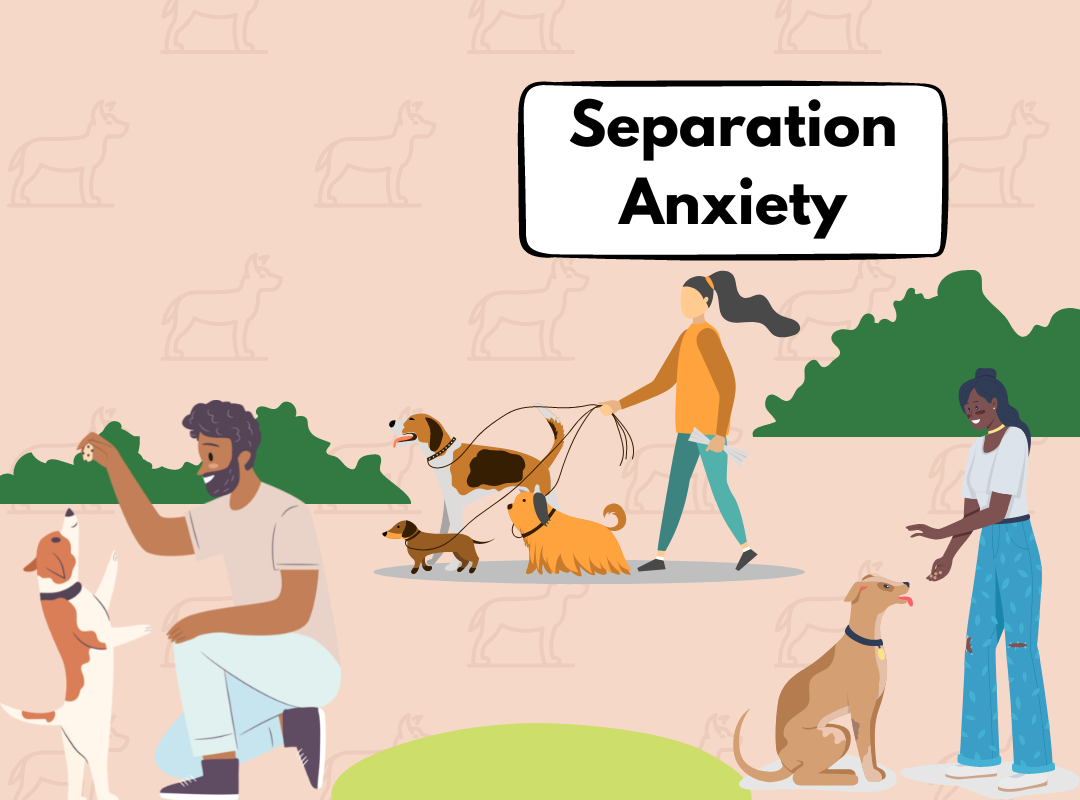Understanding and Managing Canine Separation Anxiety

Introduction
Separation anxiety in dogs is a prevalent issue, causing stress for both pets and their owners. This condition arises when a dog becomes overly attached or dependent on its family members and struggles to cope when left alone. Understanding the causes and solutions is key to helping your furry friend overcome this challenging disorder.
Causes of Separation Anxiety
- Change in Routine or Environment: Dogs thrive on routine. A sudden change, like a move, a new family member, or a change in the owner's schedule, can trigger anxiety.
- Lack of Early Socialization: Puppies that don't get enough exposure to being alone may develop separation anxiety later in life.
- Traumatic Experiences: A traumatic event, especially when the dog is alone, can lead to separation anxiety.
- Genetic Factors: Some breeds are more prone to anxiety and stress, making them more susceptible to separation anxiety.
Recognizing the Signs
Symptoms of separation anxiety vary but can include excessive barking or howling, destructive behavior, house soiling, and attempts to escape. Some dogs may also show signs of depression or agitation as you prepare to leave.
Solutions for Managing Separation Anxiety
Gradual Desensitization
- Start Small: Begin by leaving your dog alone for short periods and gradually increase the time.
- Farewell Rituals: Avoid long goodbyes. Keep departures and arrivals low-key to reduce anxiety.
- Safe Space: Create a comfortable, safe space for your dog when you're away, like a room with their bed and favorite toys.
Training and Behavior Modification
- Counter-Conditioning: Change your dog's fearful, anxious reactions to departures into relaxed responses through positive associations (like treats or toys).
- Obedience Training: Basic training can increase a dog's confidence and reduce anxiety.
- Crate Training: For some dogs, a crate can be a safe haven. However, for others, it might increase anxiety, so observe your dog’s response.
Environmental Enrichment
- Exercise: Adequate physical activity can help reduce anxiety and provide a healthy outlet for energy.
- Mental Stimulation: Puzzle toys and interactive games can keep your dog busy and distracted when alone.
Medical and Professional Help
- Consult a Veterinarian: They can rule out medical issues and recommend treatments, including medications for severe cases.
- Work with a Professional: A dog behaviorist or a certified trainer can provide personalized strategies and support.
Alternative Therapies
- Calming Products: Items like pheromone diffusers, anxiety wraps, and calming music can help some dogs relax.
- Natural Remedies: Consult your vet about safe, natural anxiety remedies.
Canine separation anxiety is a complex issue requiring patience, understanding, and often a multifaceted approach. While some cases can be managed at home, others may require professional intervention. Remember, every dog is unique, and what works for one may not work for another. With time, patience, and the right strategies, you can help your dog overcome separation anxiety and enjoy a happier, more relaxed life.
